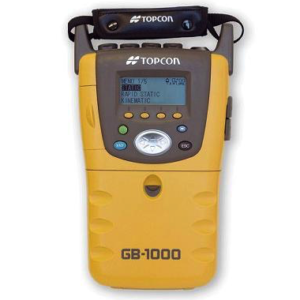At 23:59:42 UTC on 4/6/2019 (Midnight GPS time, which differs by 18 leap-seconds from UTC) , the 10-bit GPS Week Number broadcast by the constellation will reset to zero for the second time since the beginning of GPS on 1/6/1980. The official presentation on the issue from gps.gov details the issue, and the U.S. Department of Homeland Security has issued a bulletin regarding the use of GPS for timing purposes. The purpose of this UNAVCO Knowledge Base article is to educate operators of high-precision GPS receivers about any necessary action. There is also information below regarding some seismological and cellular devices.
As the gps.gov presentation states, the best course of action for all owners of GPS receivers and any other hardware that uses GPS for timing or geolocation is to “Trust but Verify” by directly contacting the manufacturer of any such hardware for advice. In addition to the high-precision receivers such as seismometers, dataloggers, cellular modems, internet routers, etc. may also require firmware updates or hardware replacement in order to properly handle the rollover.
Furthermore it’s possible that the effects of the rollover may not be immediately noticed on 4/7/2019, but later if improper methods are used in firmware to adjust the date. The primary symptom of a device that doesn’t handle the rollover correctly would be that any data logged or streamed would be time stamped by 19.7 or 39.4 years in the past, i.e. rather than 4/7/2019 you would see 1/6/1980 or 8/22/1999. Simulator testing conducted by UNAVCO and many others has shown that satellite tracking, position solutions and other functions would continue, so the devices would not fail, but any system that relies on the time stamps produced by those devices might. And while any incorrectly time-stamped data files MIGHT be recoverable using translation software for post-processing, this has not yet been confirmed. The best courses of action are to ensure that firmware is updated for every device that requires it and has available updates, or to replace any hardware that cannot be updated. Also ensure that any software systems that use real-time streams from suspect hardware are capable of handling bad date stamps. Critical systems should be actively monitored during and after the rollover to ensure continued operation.
Here is a 1-minute video from UNAVCO’s simulator tests demonstrating the improper behavior of a Topcon GB-1000 GNSS receiver with an older firmware version during the rollover. Note that the receiver is displaying UTC, which differs from GPS time by 18-seconds. Topcon has released new firmware for this receiver to correctly handle the rollover.
Every manufacturer is advising that you ensure that every device has the most up-to-date firmware available installed.
For details on the resources made available by the primary high-precision GPS hardware manufacturers detailing their concerns visit UNAVCO.

